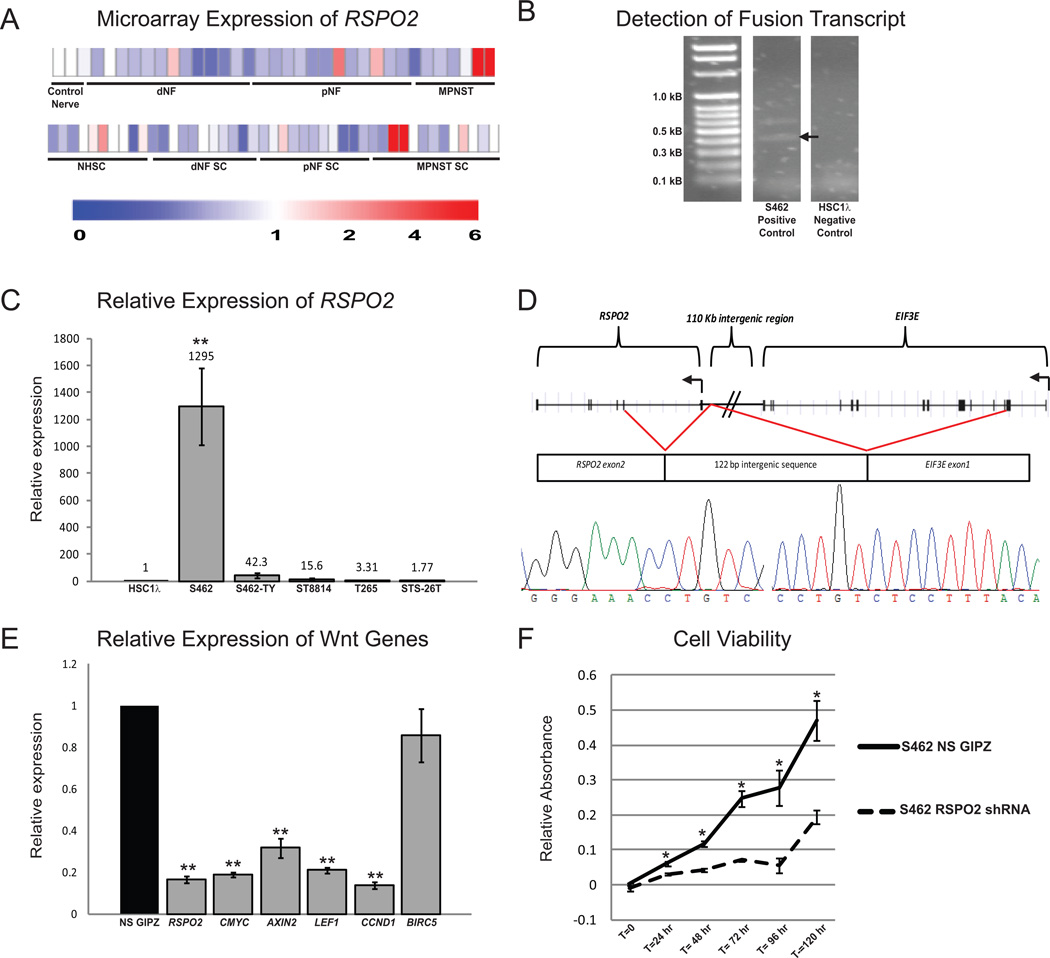Figure 6. The secreted Wnt/β-catenin activator RSPO2 is highly expressed in a subset of human Schwann cell tumors and can be detected as a fusion transcript with the upstream EIF3E gene.
A. Gene expression microarray shows that a subset of plexiform neurofibromas and MPNSTs from both purified Schwann cells (top) and primary tumors (bottom) have high RSPO2 expression. B. cDNA libraries derived from human MPNST cell lines were screened for EIF3E-RSPO2 fusion transcripts (fusion transcripts verified by sequencing are denoted by an arrow). C. 5 MPNST cell lines were screened for RSPO2 expression levels and normalized to an immortalized human Schwann cell line (iHSC1λ). The S462 cell line showed very high RSPO2 expression and was found to contain a fusion between EIF3E and RSPO2. D. The S462 cell line has a fusion between EIF3E exon 1, followed by a 122 base pair chromosome 8 intergenic sequence and RSPO2 exon 2. This fusion results in the production of a native RSPO2 protein. E. The S462 cell line was transduced with a lentivirus expressing an RSPO2 shRNA. This resulted in a decrease in RSPO2 expression, as well as a decrease in expression of known Wnt signaling outputs MYC, AXIN2, LEF1, CCND1, and BIRC5, as compared to S462 cells treated with a non-silencing shRNA (NS GIPZ). F. Knockdown of RSPO2 in S462 cells significantly reduces cell viability. Error bars represent standard error of the mean. * p<0.05, **p<0.0001 unpaired T-test. Error bars represent SEM.

